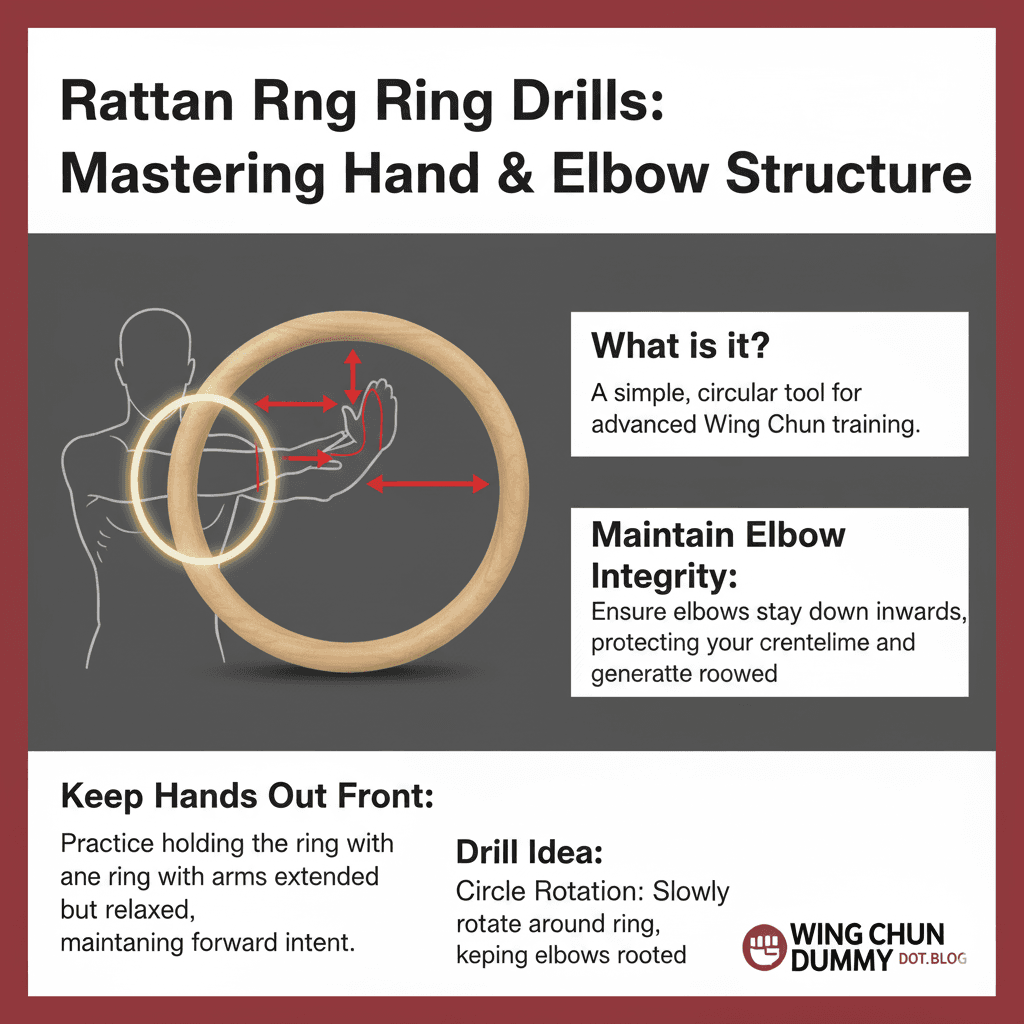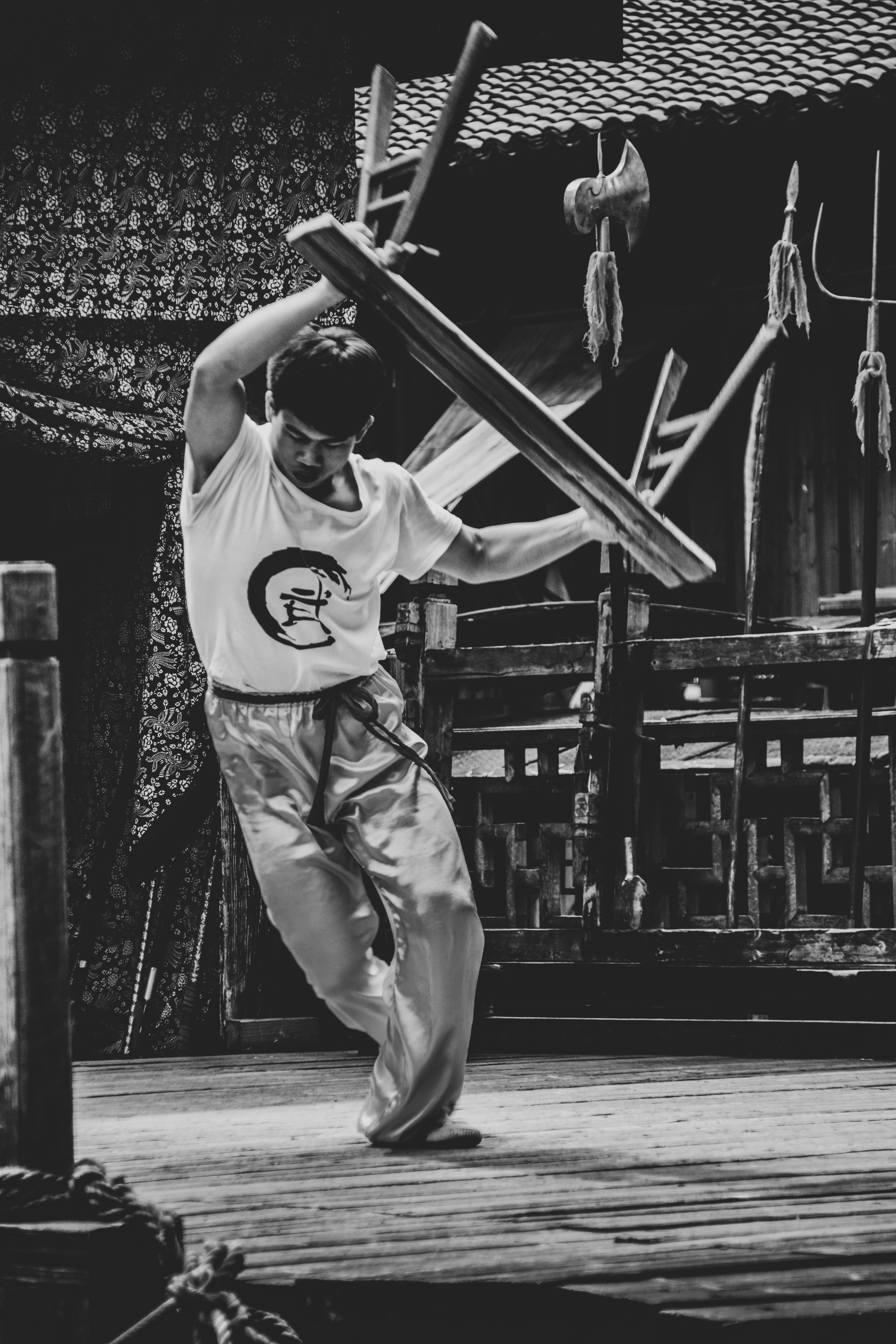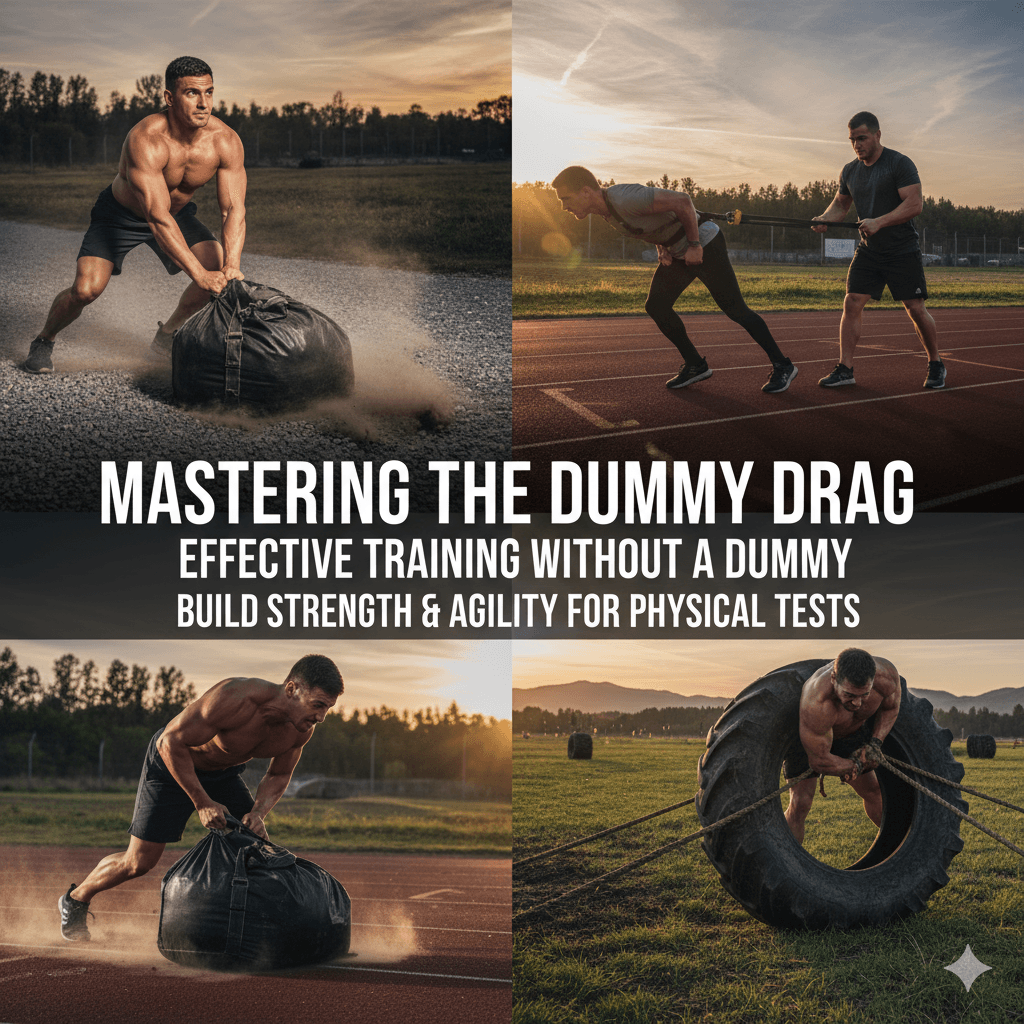In the world of martial arts, particularly within the intricate system of Wing Chun, there are tools that, at first glance, might seem deceptively simple.
Yet, their profound impact on a practitioner’s development is undeniable. One such tool is the rattan ring.
This unassuming circular piece of wood, often overlooked by the uninitiated, holds the key to unlocking superior arm conditioning, structural integrity, and tactile sensitivity crucial for effective Wing Chun practice.
It’s more than just a prop; it’s a silent teacher, guiding your limbs into optimal positions and fostering a deeper understanding of your body mechanics.
My journey into Wing Chun, like many, began with a fascination for its directness and efficiency.
As I delved deeper, the importance of proper structure and simultaneous defense and offense became paramount.
This is where the rattan ring truly shines.
It’s not about brute force or developing bulging muscles; it’s about intelligent conditioning that refines your movements and enhances your ability to generate power from a relaxed, connected frame.
Let’s explore how this traditional tool can revolutionize your arm conditioning and elevate your Wing Chun practice.

Videos are added as random thoughts 💭 💭 💭
The Core Benefits: Why the Rattan Ring is Indispensable
The rattan ring serves multiple critical functions in Wing Chun training, primarily centered around arm conditioning and structural development.
Its circular shape and fixed diameter force the practitioner to maintain specific arm positions and distances, which are fundamental to the art.
Developing Elbow Integrity and Shoulder Stability
One of the most immediate benefits of training with the rattan ring is the development of elbow integrity and shoulder stability.
In Wing Chun, the elbows are often described as the ‘gates’ of power.
Keeping them down and in, close to the centerline, is crucial for both defense and generating forward energy.
The ring naturally guides your forearms, preventing them from flaring out.
This constant feedback mechanism helps to ingrain the correct muscle memory, ensuring your elbows remain in their optimal position during various techniques.
This ‘elbow integrity’ is vital for protecting your centerline and delivering powerful, focused strikes.
Simultaneously, the ring promotes shoulder stability.
By encouraging a relaxed yet connected posture, it helps to prevent the shoulders from shrugging up or becoming tense.
A stable shoulder allows for fluid movement and efficient power transfer from the ground up, through the body, and out through the hands.
Without this stability, strikes lose their penetrating force, and defensive actions become compromised.
Hand Independence and Simultaneous Movement
Wing Chun emphasizes simultaneous defense and offense, often requiring both hands to perform different, yet coordinated, actions.
The rattan ring is an excellent tool for cultivating ‘hand independence.’
It teaches you to move your hands simultaneously in opposite directions while maintaining even spacing and preventing them from crossing the centerline unnecessarily.
This is a nuanced skill that is difficult to develop without external feedback.
The ring provides that immediate, tangible feedback, allowing you to feel when your hands are out of alignment or when one hand is dominating the movement.
This training translates directly into practical application.
Imagine blocking an incoming strike with one hand while simultaneously launching a counter-attack with the other.
The rattan ring helps to build the neurological pathways and muscular coordination required for such complex, simultaneous actions, making them feel natural and effortless in a real-world scenario.
Cultivating Structure and Centerline Awareness
Structure is the backbone of Wing Chun.
It refers to the alignment of your body to maximize power and minimize vulnerability.
The rattan ring is a powerful aid in cultivating proper structure, particularly in the arms and upper body.
It teaches you to maintain a consistent distance between your forearms, reinforcing the concept of the ‘centerline’ – an imaginary line running down the middle of your body that is both your primary target and your most vulnerable area.
By keeping your arms within the confines of the ring, you are constantly reminded to protect your centerline.
This develops a strong, unified structure that can absorb incoming force and redirect it, while simultaneously allowing you to project your own force forward.
The ring acts as a physical representation of the ideal structural alignment, helping you to internalize these principles until they become second nature.

Enhancing Tactile Sensitivity and ‘Sticky Hands’ (Chi Sao)
Beyond physical conditioning, the rattan ring plays a crucial role in developing tactile sensitivity, a precursor to the advanced Wing Chun training method known as ‘Chi Sao’ or ‘Sticky Hands.’
The constant contact with the ring, even during solo drills, sharpens your proprioception – your body’s ability to sense its position and movement.
You become acutely aware of the pressure, tension, and subtle shifts in your arm structure.
This heightened sensitivity is invaluable for Chi Sao, where practitioners maintain constant contact with an opponent’s arms to ‘read’ their intentions and movements.
The ring helps to develop the foundational sensitivity needed to feel and respond to pressure changes, allowing for quicker reactions and more intuitive defense and offense.
It teaches you to maintain ‘outward pressure’ without resorting to brute force, a key principle in Wing Chun for controlling an opponent’s limbs.
How to Use the Rattan Ring: Basic Training Methods
Using the rattan ring effectively involves a series of fundamental drills designed to reinforce Wing Chun principles.
While there are many advanced variations, the core methods focus on maintaining proper structure and developing fluid, coordinated movements.
Basic Arm Placement and Posture
Before any movement, it’s essential to establish the correct starting posture.
Hold the rattan ring with both forearms inserted, typically between the wrist and the elbow.
The ring should rest comfortably, guiding your arms into a position where your elbows are down and slightly in, and your wrists are straight.
Your stance should be stable, with a slight forward lean, embodying the Wing Chun principle of being ready to move in any direction.
The goal is to feel a gentle, consistent outward pressure against the ring, without forcing it. This pressure helps to activate the correct muscles and maintain structural integrity.
Simple Rotational Drills
One of the most common and effective drills involves simple rotational movements.
With your arms in the ring, practice rotating your forearms as if performing a `Pak Sao` (slapping hand) or `Tan Sao` (dispersing hand) motion.
The ring ensures that your elbows remain in place and your hands maintain their relative distance.
This drill helps to develop the internal rotation and coordination necessary for many Wing Chun techniques.
Focus on smooth, continuous movement, allowing the ring to provide feedback on any deviations from the ideal path.
Forward and Backward Pressure Drills
Another crucial set of drills involves applying forward and backward pressure.
While maintaining your structure within the ring, gently push forward as if striking, then pull back.
The ring will resist, forcing you to engage your core and maintain a connected structure throughout the movement.
This teaches you to generate power from your entire body, rather than just your arms, and to absorb incoming force without collapsing your structure.
It also helps to develop the concept of `Chung Geng` (aggressive forward energy) and `Chung Chi` (aggressive forward intention) – the idea of constantly driving forward while maintaining control.
Simultaneous Hand Drills
The rattan ring is exceptional for training simultaneous hand movements.
Practice performing different actions with each hand, such as one hand executing a `Bong Sao` (wing arm) while the other performs a `Fook Sao` (controlling hand).
The ring ensures that both arms move independently yet remain connected within the overall structure.
This is vital for developing the ability to defend and attack concurrently, a hallmark of Wing Chun.
Integrating the Rattan Ring into Your Training
Incorporating the rattan ring into your regular Wing Chun practice doesn’t require a complete overhaul of your routine.
Instead, it acts as a supplementary tool that enhances existing drills and deepens your understanding of fundamental principles.
Begin by dedicating short, focused sessions to ring training, perhaps 10-15 minutes at the start or end of your regular practice.
As you become more comfortable, you can integrate ring drills into your forms practice, using the ring to refine your movements and ensure structural integrity.
Remember, the ring is a guide, not a crutch.
The ultimate goal is to internalize the principles it teaches so that you can apply them seamlessly even without the physical presence of the ring.
Consistency is key. Regular practice with the rattan ring will gradually build the muscle memory, tactile sensitivity, and structural awareness that are essential for advanced Wing Chun.
It’s a journey of continuous refinement, and the rattan ring is an invaluable companion on that path.
Conclusion: A Timeless Tool for Modern Practitioners
The Wing Chun rattan ring, with its humble appearance, stands as a testament to the profound wisdom embedded within traditional martial arts.
It is a tool that transcends mere physical conditioning, delving into the subtle nuances of body mechanics, structural integrity, and tactile sensitivity.
For any serious Wing Chu practitioner, integrating the rattan ring into their training regimen is not just an option, but a vital step towards unlocking a deeper understanding and greater proficiency in the art.
It teaches you to keep your hands out in front, maintain elbow integrity, develop shoulder stability, and cultivate hand independence.
It reinforces centerline awareness and sharpens your ability to feel and respond to pressure.
In a world where martial arts training can sometimes become overly complex, the rattan ring offers a return to fundamental principles, providing clear, immediate feedback that accelerates learning and refines technique.
Embrace this timeless tool, and you will undoubtedly elevate your Wing Chun journey to new heights.


